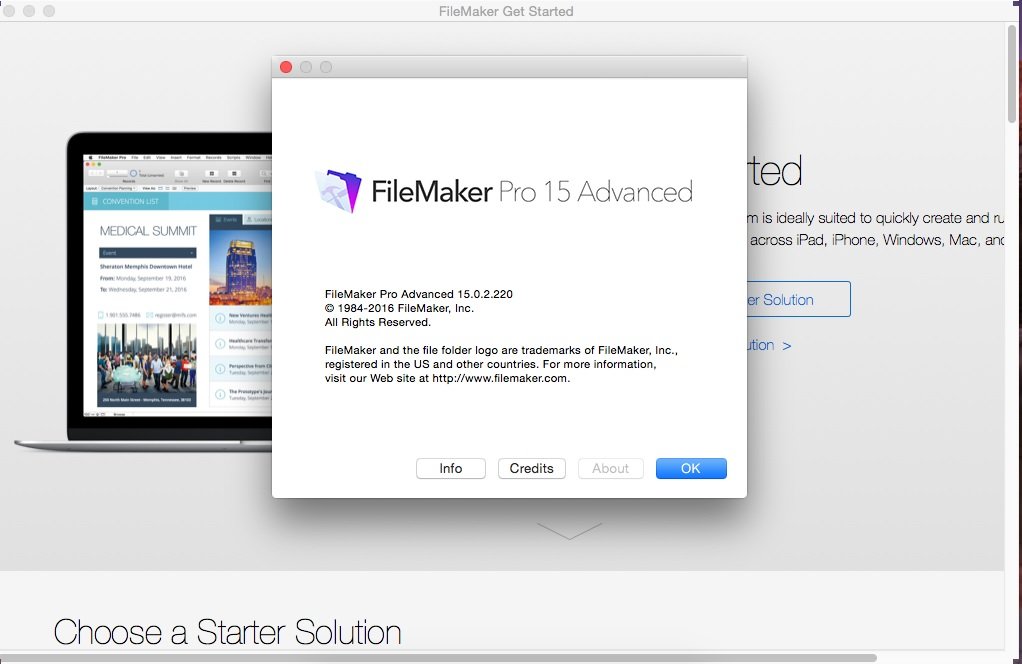

This privacy notice provides an overview of our commitment to privacy and describes how we collect, protect, use and share personal information collected through this site. Pearson Education, Inc., 221 River Street, Hoboken, New Jersey 07030, (Pearson) presents this site to provide information about products and services that can be purchased through this site. Click Delete or Cancel to close the dialog box. You are prompted as to whether you want to delete that one related record. You can also use Records, Delete Record or the Delete Record command on the Status toolbar.

If there are blank fields, click any of the blank fields there. To create a new portal row-which then creates a new child record-scroll to the first empty row of a portal. For several of these reasons, portals increasingly allow the creation of new portal rows with a button outside the portal.
#DYNAMIC PORTAL SORTING HOSTED FILES FILEMAKER PRO PRO#
In the case of complex relationships (nonequijoins, to be specific), FileMaker Pro cannot allow this method of adding rows to portals because the relationship would be ambiguous.

In addition, as you will see in the discussion of related records in Chapter 7, not all relationships are simple. Likewise, your developer might have disabled the ability to create new records using the first available row. Your developer might have turned off the ability to add or delete portal rows, in which case there should be an alternative means of adding related records, such as a + and perhaps explanatory text so that you know what you’ll be adding. Figure 2.26 shows both of these interface elements. Common buttons are a delete button (often a red X, a trash can, or a red circle with a slash through it at the right of the portal row) to delete that portal row and a disclosure button (often a triangle at the left of the row) or a checkbox at the left of a portal row. When they place a button within a portal, the button in question appears on each portal row, and each row’s button will act on that row’s data or record. Data entry works the same way it does in other areas of FileMaker: Simply click into a field and enter whatever data is appropriate.Īt times, developers include buttons in portals. To browse through your related records, simply scroll up and down through the list. They feel a bit like List views and act much the same way. Most portals have a scroll bar on the right. Developers determine the rules by which records appear in portals, and at times the records displayed can dynamically change or a portal might display other records in the same table you’re currently viewing.

As you will see in Chapter 3, for the case in which the same people are assigned to several projects, there is a slightly more complex database structure (it is referred to as a many-to-many relationship.) Understanding the Mechanics of a PortalĪ portal is simply a view into another table and includes rows of specific related records. This means that, just as you can display the people for a project, you can turn it around and display the project for a person if the database is so configured.


 0 kommentar(er)
0 kommentar(er)
